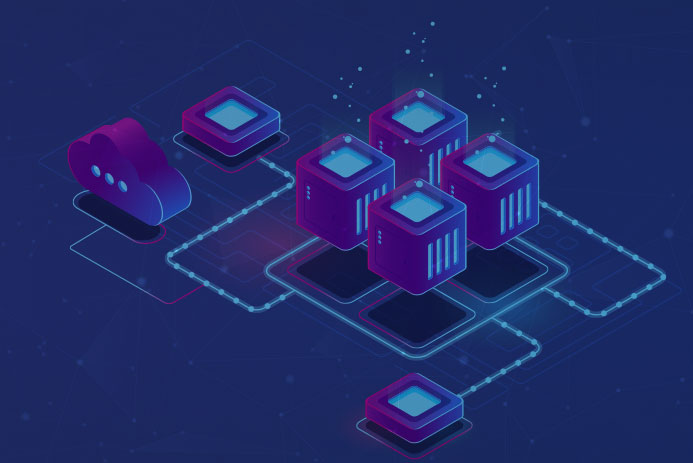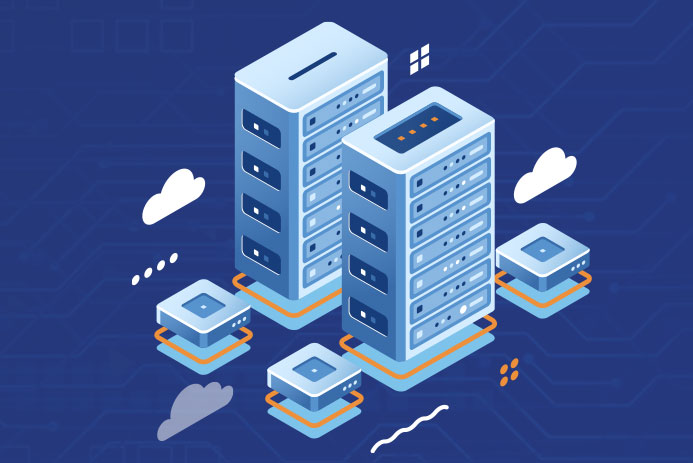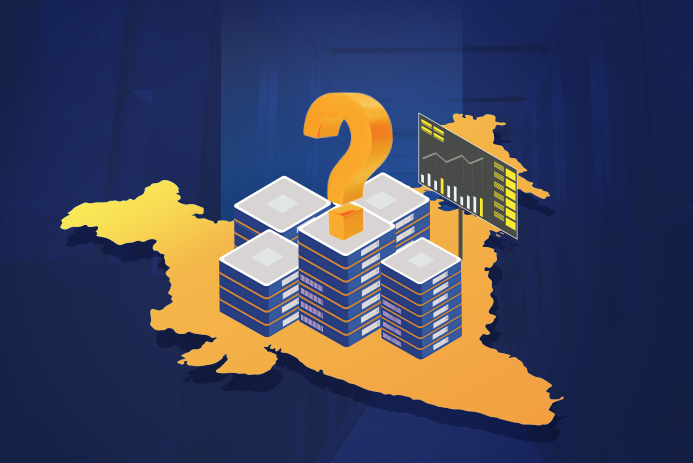Once a good-to-hear buzzword, sustainability has evolved as a mandate for global corporations and governments alike. It has prevailed as a strong determinator of a successful business strategy, with commitments towards the planet becoming integral to their objectives. As world leaders set ambitious sustainability goals for their nations, the onus lies equally on the industries to collectively steer efforts in this direction. Prime Minister Narendra Modi’s announcement of India achieving net-zero emissions by 2070 at COP26 Glasgow reflects the government’s strong focus on fostering a sustainable, healthy and better planet for generations to come.
India is unarguably walking the talk in tackling climate change. Today, with private and public partnerships, many developmental schemes are framed to align with the Sustainable Development Goals (SDG) set by the United Nations. Also being one of the least waste generating economies. The country has been a key player in shaping the Paris Agreement and has adopted various energy-efficiency measures. India has demonstrated one of the most successful campaigns on phasing out single-use plastic, amplifying the ‘Swachh Bharat’ mission and constantly contributing to the Earth’s wellbeing. Mumbai alone has announced a detailed plan to zero out carbon emissions by 2050 – a target that puts it two decades ahead of India’s national goal and makes it the first South Asian city to set such a timeline.
Efficiency is key
Data centers, over the years, have been notoriously known as power guzzlers. It is estimated that data centers globally consume around 200 terawatt-hours (TWh) each year. This even exceeds the total annual energy consumption of some countries. Data centers contribute around 0.3% to the overall carbon emissions of the world. This intense energy consumption can be attributed to their critical operations that demand them to run 24×7, but the change is now evident with the focus on bringing more efficiencies and embracing renewable energy sources.
Emerging markets like India, which are in the growth phase, stand in a favourable position to drive greater efficiencies owing to low legacy and ageing infrastructure footprint. We can take cue from Singapore’s moratorium on data center development due to sustainability concerns and channel our efforts towards more efficient, greener data centers.
A typical data center houses thousands of components that keep the facility running – servers, cooling equipment, chillers, power backup and generators, networking equipment, etc. All these require uninterrupted power. Hence achieving carbon neutrality requires data center operators to achieve energy efficiency in each component. Green, alternative energy sources form a part of the solution, but it’s not a master key. There is no master key; it’s only when data center companies evaluate and bring efficiencies in each element of their operations, that they stand in a position to make their facilities environment-friendly.
Taking a green leap
The growing realisation among enterprise customers and hyperscalers is leading to concrete actions. Boardroom discussions are witnessing environmental focus as an inseparable part of corporate accountability and business strategies. Interestingly, a green focus brings a host of long-term business benefits that can positively impact operations and the bottomline. Global enterprises and hyper-scale customers are pushing their data center operators to help them achieve their sustainability targets, thus resulting in focused actions by every stakeholder. For instance, some customers insert clauses into the agreements mandating data center operators to reduce a specified percentage of carbon footprint. In case of failing to do so, the data center operator has to bear penalties which can be as high as 20% of the total contract value.
Even the Securities and Exchange Board of India (SEBI) has introduced requirements for sustainability reporting by listed companies under the Business Responsibility and Sustainability Report (BRSR). It aims to establish links between the financial results with its Environment, Social and Governance (ESG) performance.
Yotta embraces these developments positively. With our unwavering efforts to invest in building large data center capacities to meet the rising digital demands while investing in our planet, today, Yotta is able to deliver 100% green power to our customers and contractually commit to our global customers to reduce our carbon footprint, in turn helping them in meeting their Scope 3 obligations under the GHG protocol.
Taking a long-term approach, Yotta is building facilities to allow us to run 100% on renewables – whether offsite, through solar and wind coupled with onsite hydrogen-based co-generation and fuel cells in the future. With this, we are changing the entire outlook and efforts towards decarbonisation in the data center industry.
Setting new benchmarks
Yotta’s data centers are built with the lowest possible PUE (power usage efficiency) of <1.4 which are extremely good considering India’s tropical weather. In addition, our fault-tolerant Uptime Institute certified Tier IV construction uses automation in many of our power and cooling distribution processes, thus optimising our power utilisation further.
Here are the top ways how we are and how other data center players can ensure that data centers remain future-ready:
Data Center Site: The site where data center(s) will come up should have adequate space for onsite power generation and storage of energy. At the same time, data center built amidst a green surrounding tends to gain from natural conditions.
Carbon Offsets: Taking steps to reduce carbon footprints, data center operators can compensate carbon emission amounts by adopting measures like planting trees.
Upgrading equipment: Many data centers use old, less efficient equipment. Switching to the latest, more energy-efficient equipment helps a great deal. For instance, at Yotta NM1, we use lithium-ion batteries in UPSes for power backup – ensuring longer output with reduced charge cycles.
Operational excellence: A data center is a building where, space, cooling, power, water etc are utilised. A state-of-the-art Building Management System plays a crucial role in maintaining the sustainability of data centers. By deploying intelligent systems, temperatures in the facility can automatically adjust depending on the outside temperature or the IT load.
Resource optimisation: While using clean source of water, data center operators must also avoid water leakage which might seem negligible, but may add to the energy consumption. Additionally, as data centers need cooling and have to maintain adequate temperature, instances such as air leaks reduce the overall cooling efficiency.
E-waste management: Whether through in-house capacities or partners, e-waste management significantly helps reduce the environmental impact from discarded, old, and obsolete equipment and hardware.
Set on a mission to become a global data center hub, India’s data center industry will continue to grow at an unprecedented scale. However, sustainability and growth must run in tandem to make India a true data center hub and a successful one. Our focus on digitisation, with commitments to ensure healthy planet earth, will determine the future of businesses and the lives of our people.






















